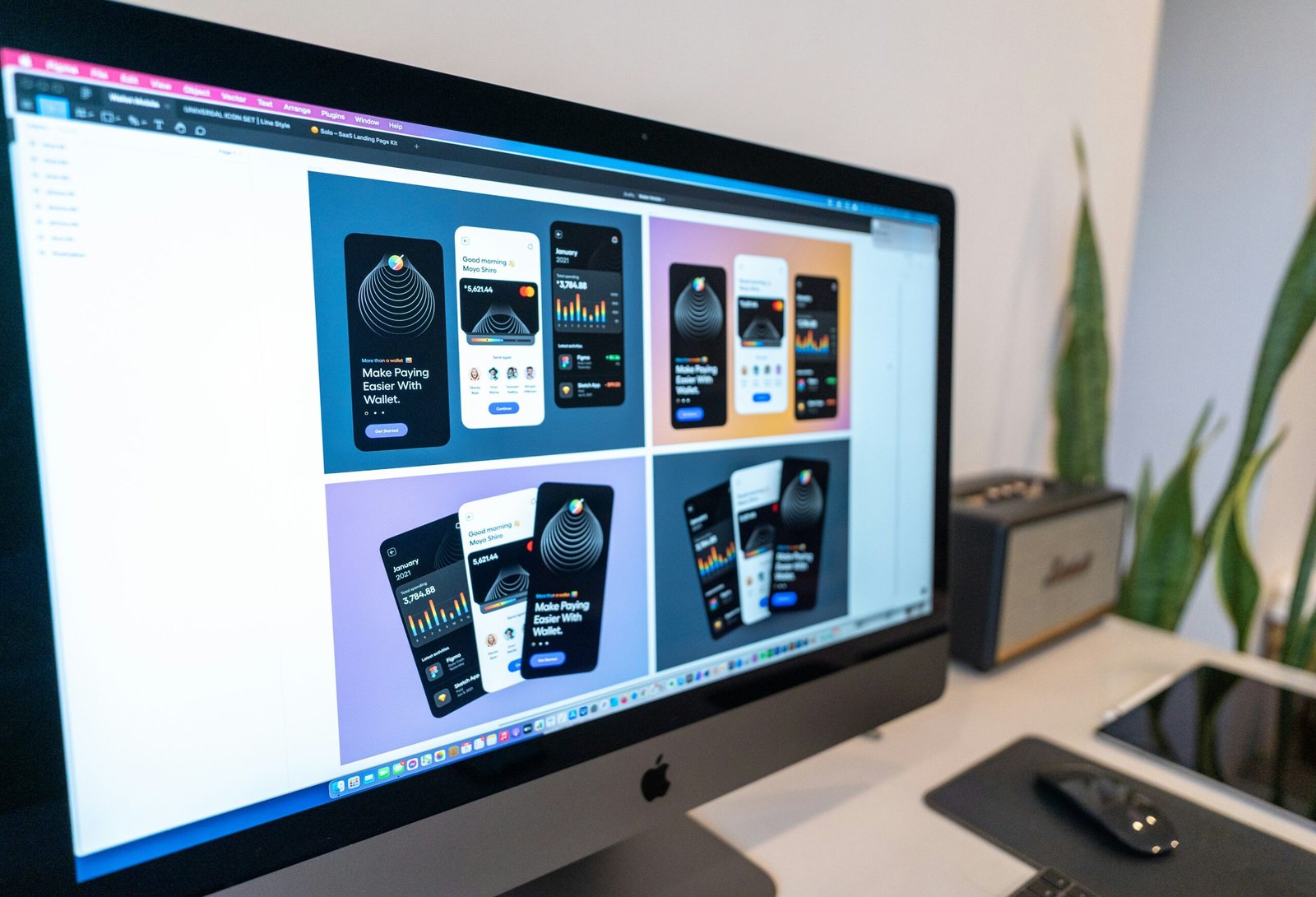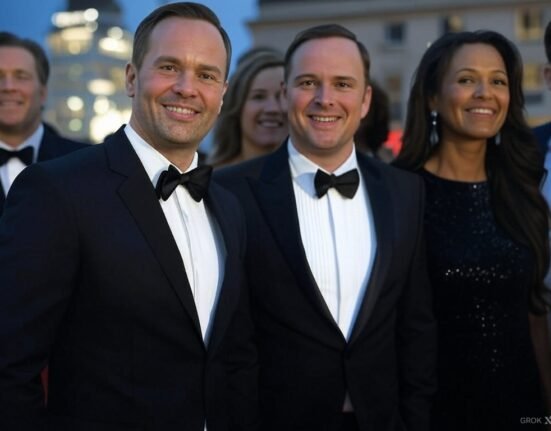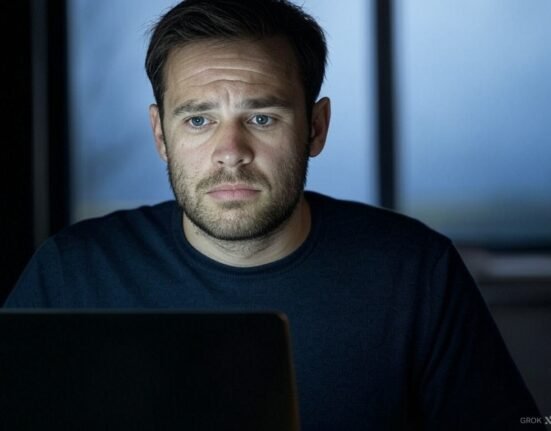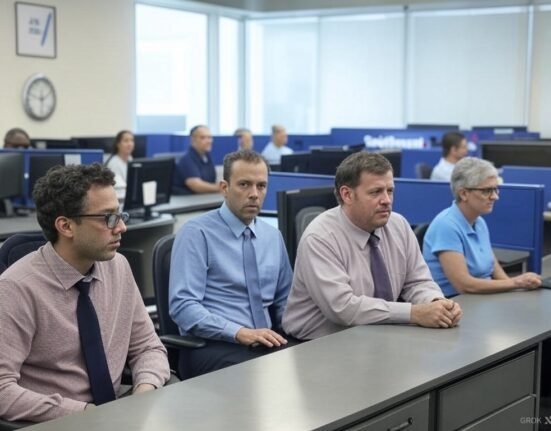The graphic design landscape is ever-evolving, and as we embark on 2024, it is crucial for designers, marketers, and businesses to remain attuned to the latest trends that will shape the aesthetic and functional aspects of visual communication. The year ahead promises to be vibrant and innovative, with a host of emerging tendencies that will influence how ideas are expressed and experienced. Understanding these trends not only assists in refining creative skills but also ensures that projects resonate with contemporary audiences, fostering greater engagement and connection.
This year, we can expect a significant shift towards sustainability, with designers increasingly incorporating eco-friendly practices into their work. This movement is not just a response to global environmental concerns; it is also a reflection of growing consumer demand for brands that emphasize sustainability. Additionally, the integration of advanced technology, such as augmented reality and artificial intelligence, will further reshape how graphic design is executed, opening new avenues for creativity and interaction.
The trends that will emerge in 2024 are expected to blend traditional design principles with cutting-edge innovations. From bold typography to dynamic color schemes, these changes will enhance visual storytelling and elevate user experiences. Furthermore, a resurgence of handmade and artisanal elements may bring a distinctive charm back into the digital space, as designers seek to forge authentic connections with their audiences.
As we explore the key graphic design trends of 2024, it is essential to appreciate how these evolving styles can influence not only the aesthetic aspects of design projects but also their effectiveness in communicating messages. By staying updated and adaptable, designers can effectively harness these trends, ensuring their work is both relevant and impactful in an increasingly competitive landscape.
Revival of Nostalgic Design Elements
The resurgence of retro graphic design elements has emerged as a significant trend in 2024, appealing to both designers and audiences alike. This revival encompasses a variety of nostalgic aesthetics, including pixel art, vintage typography, and throwback color schemes that evoke a sense of nostalgia while resonating with contemporary tastes.
Pixel art, characterized by its blocky, grid-like design reminiscent of early video games, has gained popularity as designers leverage its simplicity and charm. This aesthetic not only conjures memories of childhood gaming but also lends a unique visual identity to modern projects. For instance, several apps and branding campaigns have utilized pixel art to create playful and engaging user experiences, seamlessly blending nostalgia with current design practices.
Vintage typography is another vital aspect of this trend. Designers are increasingly turning to classic typefaces that reflect past eras, such as Art Deco or Bauhaus styles. These fonts not only capture the historical essence but also add character and personality to contemporary designs. A notable example can be found in the rebranding of various companies, where vintage typography has been employed to evoke trust and authenticity while appealing to a sense of heritage.
Additionally, throwback color schemes featuring muted tones and retro palettes are gaining traction, as they resonate with audiences seeking familiarity in an ever-evolving digital landscape. Designers are creatively combining these colors in modern works, allowing for striking contrasts that enhance the overall visual appeal, without overshadowing the intended message. Successful campaigns have demonstrated how integrating these nostalgic elements can strengthen brand identity and create a lasting emotional connection with consumers.
As these nostalgic design elements continue to influence contemporary graphics, it is evident that the past remains a vital source of inspiration, shaping the future of the graphic design industry in 2024.
Artificial Intelligence in Design
The influence of artificial intelligence (AI) in graphic design is rapidly transforming the industry, fundamentally altering how designers approach their craft. AI tools now assist in various stages of the design process, from concept ideation to the execution of complex layouts. This shift not only streamlines productivity but also opens new creative avenues for designers. By leveraging AI, designers can focus more on strategic thinking and innovation rather than becoming bogged down by repetitive tasks.
One significant application of AI in graphic design is the generation of ideas. AI algorithms can analyze vast datasets to identify trends, colors, and styles that resonate with target audiences. For instance, tools like Adobe’s Sensei provide designers with recommendations, enabling them to generate unique design concepts tailored to specific client needs. This symbiotic relationship between human creativity and AI-driven insight allows designers to enhance their work exponentially.
Moreover, AI plays a pivotal role in automating tedious tasks, such as resizing images or selecting color palettes. By utilizing these technologies, designers increase their efficiency and can dedicate more time to the innovation processes that truly matter. For example, AI-based tools like Canva or Figma enable users to create professional-grade designs without intensive training, allowing individuals and organizations with minimal design resources to achieve high-quality results.
Several case studies exemplify successful AI integration in design workflows. Notable designers have adopted AI-enhanced tools to elevate their projects, showcasing the melding of creativity and technology. These examples illustrate how AI not only augments the designer’s skill set but also encourages a more collaborative and dynamic creative environment. As AI continues to evolve, its influence will undoubtedly shape the future of graphic design, heralding a new era where technology and artistry coexist harmoniously.
The Push for Inclusivity and Diversity
The graphic design industry is experiencing a transformative shift, where inclusivity and diversity are emerging as pivotal themes. This evolution reflects a growing recognition of the importance of representation in visual communication, driving designers to rethink their approaches and ensure that their work resonates with a wider audience. The push for inclusivity is not merely a trend but a response to the societal demand for a more equitable representation of various cultures and identities.
One of the key strategies adopted by designers is the incorporation of diverse models in visual materials. By showcasing individuals from a variety of backgrounds, designers can foster a sense of belonging and validation among underrepresented groups. This practice is becoming increasingly common in advertising campaigns, where brands are choosing to feature models that reflect a broader spectrum of ethnicities, body types, and abilities. This not only enhances the relatability of the content but also strategically positions brands as socially responsible entities that value inclusivity.
Moreover, cultural motifs are being embraced in graphic design projects to celebrate and honor different heritages. By integrating elements that resonate with specific communities, designers can invoke cultural pride while educating a broader audience about diverse traditions. This practice is increasingly evident in branding and product packaging, where authentic cultural representations can significantly boost a brand’s credibility and connection to its audience.
Accessibility considerations are another crucial facet of this inclusivity movement. Designers are recognizing the necessity of creating content that is accessible to all, including people with disabilities. This involves utilizing design principles that ensure visual materials are navigable and comprehensible to individuals with varying abilities. By prioritizing inclusivity and promoting diversity, the graphic design industry is not only evolving but also paving the way for a more equitable future in visual storytelling.
Personalized and Custom Designs
As we move into 2024, one of the most significant trends in graphic design is the emphasis on personalized and custom designs. This movement stems from a growing demand for brands to connect more deeply with their audiences, fostering a sense of relatability and individuality. Personalized designs enable companies to create visual content that resonates with consumers on a personal level, making them feel valued and understood.
The importance of tailoring designs to meet the specific preferences of target audiences cannot be overstated. When visuals reflect the values, interests, and experiences of consumers, they forge stronger emotional connections. This is particularly evident in the realm of custom packaging, where brands are increasingly opting for designs that cater to individual customer demographics. By utilizing unique color palettes, typography, and messaging—reflective of specific consumer segments—companies can create packaging that stands out on the shelves and enhances the unboxing experience.
Another notable illustration of this trend can be seen in user-generated content (UGC). Many brands are now encouraging their customers to participate in the creative process. By featuring UGC in marketing campaigns, businesses can showcase authentic experiences that resonate more personally with potential buyers. This participatory approach enriches the brand narrative and deepens engagement, as consumers see themselves represented in the visual storytelling.
Moreover, leveraging data analytics allows brands to gain insights into consumer behavior, facilitating even more personalized design strategies. For instance, brands can segment their audience based on factors such as location, purchasing habits, or preferences and create tailored graphics that cater specifically to each group. This strategic approach not only enhances customer satisfaction but also drives brand loyalty.
As personalized and custom designs continue to rise in popularity, it is clear that this trend will shape the graphic design landscape of 2024 and beyond.
Sustainable Design Practices
The conversation surrounding sustainability has increasingly permeated various industries, and graphic design is no exception. As consumers become more environmentally conscious, the demand for sustainable design practices has surged. This trend reflects a commitment to reducing environmental impact through thoughtful choices in materials, processes, and strategies. Graphic designers are now tasked with integrating these values into their work to resonate with an eco-aware audience.
One of the prominent sustainable practices in graphic design is the use of eco-friendly materials. This encompasses everything from recycled paper to biodegradable inks, which significantly minimize the carbon footprint of printed products. By opting for these materials, designers communicate a commitment to environmental stewardship. Furthermore, sustainable packaging is another critical aspect. Brands are increasingly opting for designs that not only showcase creativity but also utilize materials that are recyclable or compostable. Such choices contribute to a circular economy, where products and materials are reused and recycled, effectively reducing waste.
Additionally, mindful design choices play a crucial role in sustainable graphic design. Designers are encouraged to streamline their projects, reducing superfluous elements that might lead to excess waste. This not only aids in conserving resources but also encourages clarity and simplicity in visual communication. Companies like Patagonia and IKEA have set remarkable examples in this realm, showcasing eco-conscious design through their branding and product packaging. Their efforts not only inspire others in the graphic design community but also reinforce the importance of sustainability to consumers.
Incorporating sustainable design practices is becoming a necessity rather than a choice, aligning with the growing expectation among consumers for brands to prioritize environmental accountability. This trend signals a progressive shift towards a more sustainable future in graphic design, emphasizing the role of designers in advocating for ecological mindfulness.
Bold Typography and Experimental Fonts
In recent years, there has been a significant shift in graphic design that embraces bold typography and experimental fonts. Designers are increasingly moving away from the conventional norms of text presentation, opting instead to create dynamic and visually striking typographic experiences. This trend not only captures the viewer’s attention but also conveys a particular message or emotion that aligns with the overall design concept.
The rise of bold typography can be seen as a response to the increasingly crowded digital landscape, where standing out is essential for effective communication. Designers are utilizing oversized fonts, unexpected letterforms, and innovative spacing to produce designs that are both captivating and memorable. By employing such bold typography, brands can create impactful visual narratives that resonate with their target audience.
Examples of this trend can be observed across various platforms and mediums, from digital advertisements to print materials. Many successful campaigns feature typography as a central component, treating it as an art form rather than a mere vehicle for information. For instance, well-known brands are experimenting with layered text and vibrant colors, challenging the boundaries of traditional font usage. This not only infuses energy into their designs but also encourages engagement from viewers.
Moreover, the use of experimental fonts is on the rise as designers continue to push the envelope. These unique typefaces, often custom-made or hand-drawn, add character and authenticity to a project. They are particularly effective in branding, where a distinctive font can help establish a brand identity that is easily recognizable and memorable. This approach allows for a deeper connection between audiences and brands, as the typography itself can convey tone and personality.
As we progress into 2024, it is evident that bold typography and experimental fonts will continue to shape the graphic design landscape, encouraging designers to think outside the box and redefine visual communication.
Motion Graphics and Animation
In recent years, motion graphics and animation have garnered significant traction within the graphic design industry. As brands strive for more engaging content to capture audience attention, the incorporation of dynamic visuals has proven to be a powerful tool. Motion graphics not only enhance aesthetic appeal but also serve as a means to convey complex stories in a more digestible manner. The seamless integration of animation can elevate a static design into an immersive experience that resonates with viewers on a deeper level.
Brands such as Nike and Coca-Cola have successfully adopted animation into their marketing strategies, showcasing the effectiveness of this approach. For instance, Nike’s use of motion graphics in their advertisements not only highlights their products but also engages viewers through captivating storytelling techniques. Animation allows these brands to evoke emotions and create memorable experiences that stick with audiences. Similarly, Coca-Cola’s animated social media campaigns have seen increased viewer engagement as they leverage fun and lively designs to communicate their brand message.
The rise of user-generated content platforms has further propelled the demand for motion graphics and animations. As businesses aim to be more relatable, they are turning to animated content to personalize their messaging. This trend aligns with a broader shift towards interactive media, where consumers expect to engage with brands in innovative ways. Furthermore, with advancements in technology, creating high-quality animations has become more accessible. Tools and software that simplify the animation process enable designers at all levels to experiment with motion graphics, significantly expanding the scope of design possibilities.
In summary, the prominence of motion graphics and animation in graphic design reflects an evolving landscape where dynamic visuals are becoming essential for effective communication. As brands leverage these trends, we can anticipate continued growth in this area, pushing the boundaries of creativity and engagement in the years to come.
Conclusion: Embracing Change in Design
As we look ahead to 2024, it is evident that the graphic design landscape is poised for significant transformation. The trends outlined throughout this discussion reveal a shift towards more sustainable practices, integration of advanced technology, and a renewed focus on inclusivity and community-driven design. Each trend serves as an opportunity for designers to refine their skills, innovate their methods, and create work that resonates with diverse audiences.
Embracing change will be paramount in navigating the evolving world of graphic design. As designers, the willingness to experiment with bold colors, embrace minimalism, or prioritize accessibility can lead to the creation of impactful visuals. Trend adoption will not only enhance creativity but also foster connection with users in meaningful ways. Utilizing eclectic styles and mixed media can yield a personal touch that distinguishes a designer’s work amidst a sea of conformity.
Moreover, as technology continues to advance, incorporating new tools into the design process can streamline workflows and enhance the overall quality of projects. By staying abreast of these innovations and being open to adopting them, graphic designers will not only maintain relevance but also become leaders in the industry.
In this dynamic environment, it is essential for designers to remain curious and open-minded. Actively seeking inspiration from various sources, including nature, culture, and even other disciplines, will enrich one’s design perspective. The call to action for all designers is clear: embrace innovation and adaptability. By doing so, they will not only keep pace with industry changes but also shape the future of graphic design in exciting ways.













Leave feedback about this